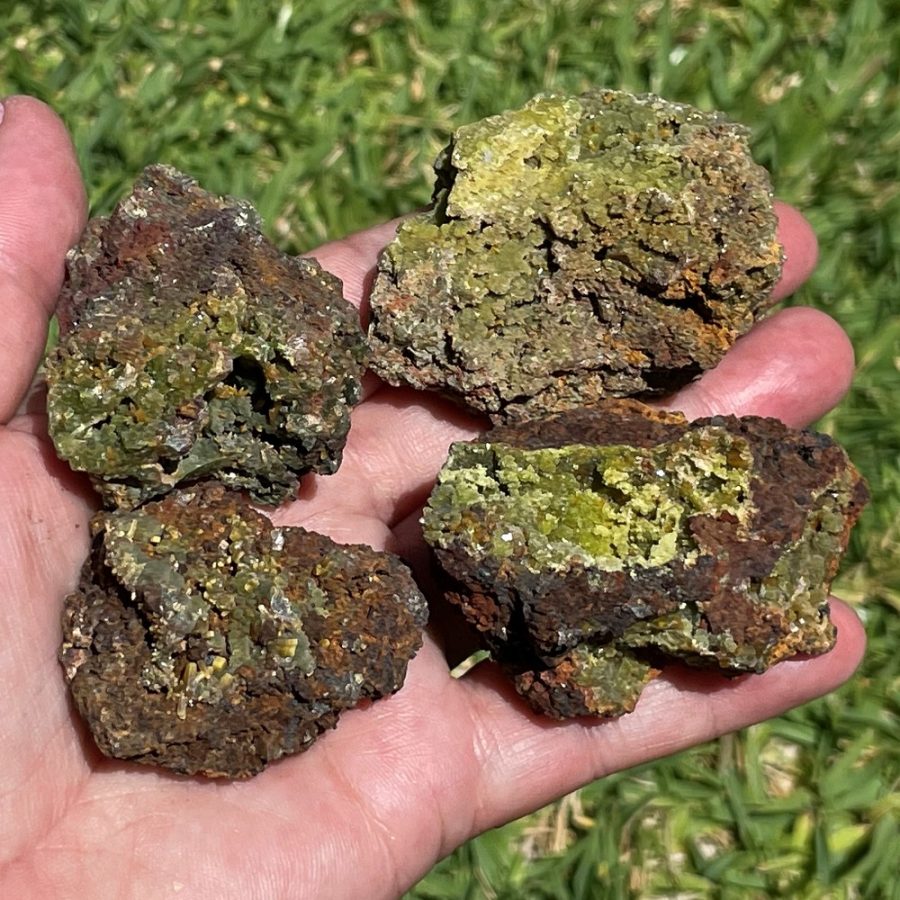Crystal Experiences
Sourcing and Treatments of Crystals
Sourcing:
We buy from around the world directly or via local suppliers. We give our suppliers a thorough vetting to ensure we buy real and untreated crystals. While we have a small range of treated and man-made crystals, we tell you this in our descriptions.
I love how crystals have helped a whole lot of developing countries discover an income from mining, shaping and polishing these beauties. All of which helps them raise their standard of living. Interestingly developed countries offer the least variety and quality of crystals!
If we hear of illegal mining, unethical or dangerous mining we stop buying from these sources.
We removed the sale of green and white banded chrysotile as it is white asbestos when we found it illegal to sell in Australia. We had previously sold it with warning sign. However, some sites and shops continue to sell it often under then name of serpentine or green lizard skin jasper, sometimes unknowingly. However we know one Chinese supplier who does this deliberately and hence we no longer buy from them due to this dishonesty.
The other big worry is Bumble Bee jasper or Orpiment which is actually includes arsenic but few disclose that like we do.
Treatments:
If they are not completely natural you will see the words “colour-added”, “man-made glass”, “synthetic”, “composite” or similar in the main description. We do our best to keep on top of fakes and treated items.
We do sell bonded (e.g. aura quartz), coloured (e.g. dyed agate) even synthetic (e.g. goldstone) if we believe it has energetic assistance, but we do declare it. We are reducing the variety of coloured and synthetic stock, so the website may have some listed as “out of stock” just to keep you informed. Many website sell opalite as moonstone, and goldstone as sandstone implying they are real.
Note that some crystals are “stabilised” by the miners/manufactures to stop:
- porous crystals absorbing perfume, moisturisers, etc.
- colour loss
- chipping.
For example: turquoise. This is standard industry practice. We try to advise where we know of it.
We have another post about fakes.
Authenticity:
We do rely on our sellers to have done the appropriate testing especially for the small gem stones we sell from time to time.
I am confident of my ability to assess real versus man-made for the larger-sized crystals. I spend a large amount of time on geology sites and videos.

